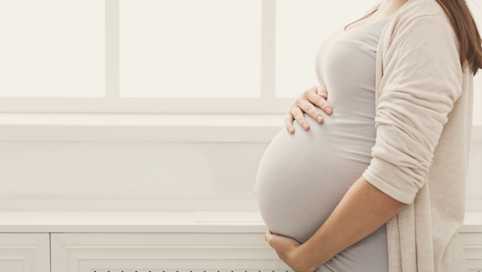
Good Clinical Practice Advice: Iron Deficiency Anemia in Pregnancy
Anemia is one of the most prevalent health problems in the world, affecting almost half a billion women of reproductive age. Approximately 40% of fertile non-pregnant women have low iron reserves. This condition can affect more than 10% of pregnancies in high-income countries, but its impact is much bigger (20%–70%) in low-income countries. Iron deficiency anemia is the most prevalent and also the most neglected nutrient deficiency in the world, particularly among pregnant women and children, and especially in low-income countries.
WHO defines anemia in pregnancy as a hemoglobin concentration of less than 11 g/dL at any stage of pregnancy; UK antenatal guidance and Centers for Disease Control and Prevention guidance define anemia as less than 110 g/L in the first trimester and less than 105 g/L in the second or third trimester.
During pregnancy, increased maternal iron is needed as a result of the demands of the growing fetus and placenta, increased erythrocyte mass and, in the third trimester, expanded maternal blood volume. However, during pregnancy there are many risk factors for iron deficiency or iron deficiency anemia, including an iron-deficient diet, gastrointestinal issues affecting absorption, or a short inter pregnancy interval. The developing fetus is entirely dependent on its mother for nutritional requirements. All iron delivered to the baby comes from either maternal iron stores, absorption of iron from the maternal diet, or possibly turnover of maternal erythrocytes. Estimates vary, but each pregnancy requires at least 300 mg of iron taken from the mother's liver stores. Late in pregnancy, an average of 5.6 mg of iron per day from dietary or endogenous maternal sources is transported across the placenta to cover fetal demands. The quantity of iron absorption during the second half of gestation, and principally in the third trimester, is around six times higher than the quantity of iron typically absorbed from dietary sources in nonpregnant women.
A strong association has been found between moderate to severe anemia at 28 weeks of gestation and the severity of intra- and postpartum hemorrhage, which cause 23% of maternal deaths. Fetal iron needs will be compromised when maternal iron stores are suboptimal.
The most important institutions include in their guidelines that screening should be done in every trimester, using WHO definitions, or at least at 28 weeks, and also when clinical signs suggest the presence of anemia, but this depends on the facilities and the health organization.
A systematic review and meta-analysis has reported that prenatal iron in the context of maternal anemia increases maternal hemoglobin, reduces iron deficiency, and reduces low birth weight. Women with anemia may require additional precautions for delivery, including delivery in a hospital setting, available intravenous access, active management of the third stage of labor, and preparation for excess bleeding.
Previous studies have provided sufficient evidence to show that iron supplementation with or without folic acid results in a significant reduction in the incidence of anemia during pregnancy. Newer evidence is consistent with the same results; iron supplementation is often effective in improving maternal hematologic indices and may result in a lower incidence of women with iron deficiency and iron deficiency anemia during pregnancy and at delivery.
Recommendations:
- Anemia is defined as hemoglobin less than 11.0 g/dL during pregnancy and postpartum.
- Full blood count should be assessed at least at booking and at 28 weeks.
- All women should be given dietary information to maximize iron intake and absorption.
- Routine iron supplementation for all women in pregnancy is recommended, according to the health policies of the countries, especially in areas with a high prevalence of anemia. The minimum dosage should be 30 mg of elemental iron a day.
- Women with iron deficiency anemia should be given 100–200 mgelemental iron daily. They should be advised on correct administration to optimize absorption.
- Once hemoglobin is in the normal range, supplementation should continue for 3 months and at least until 6 weeks postpartum to replenish iron stores.
- Parenteral iron should be considered from the second trimester onward and during the postpartum period for women with confirmed iron deficiency.
References:
FIGO Working Group on Good Clinical Practice in Maternal–Fetal Medicine, Department of Obstetrics and Gynecology, University of Perugia, Santa Maria della Misericordia University Hospital, Perugia, Italy, International Federation of Gynecology and Obstetrics, International Journal of Gynecological Obstetrics 2019;144:322-324